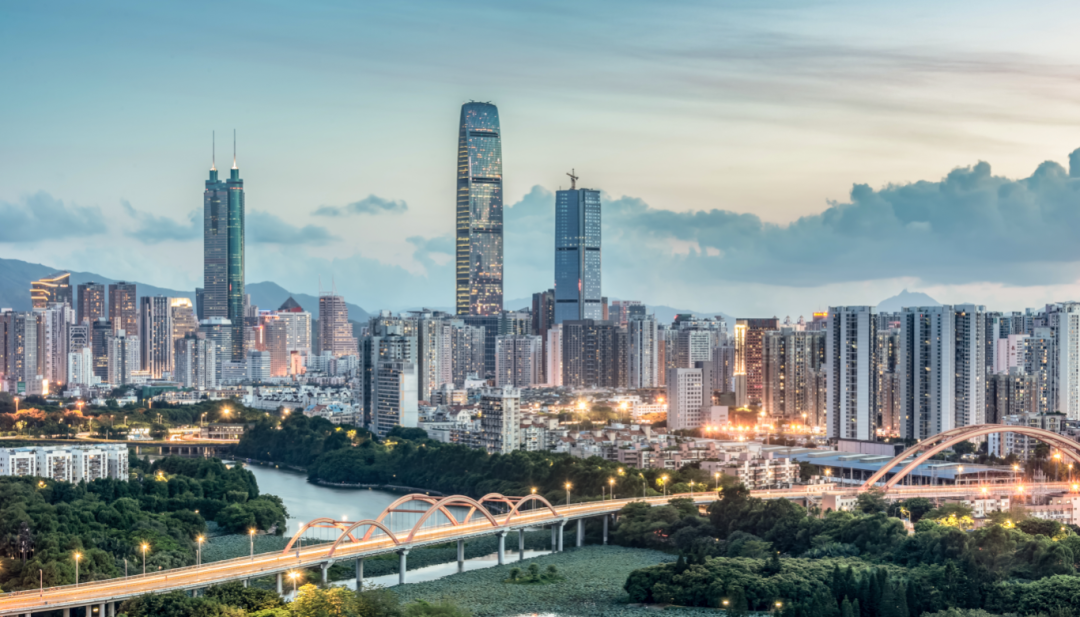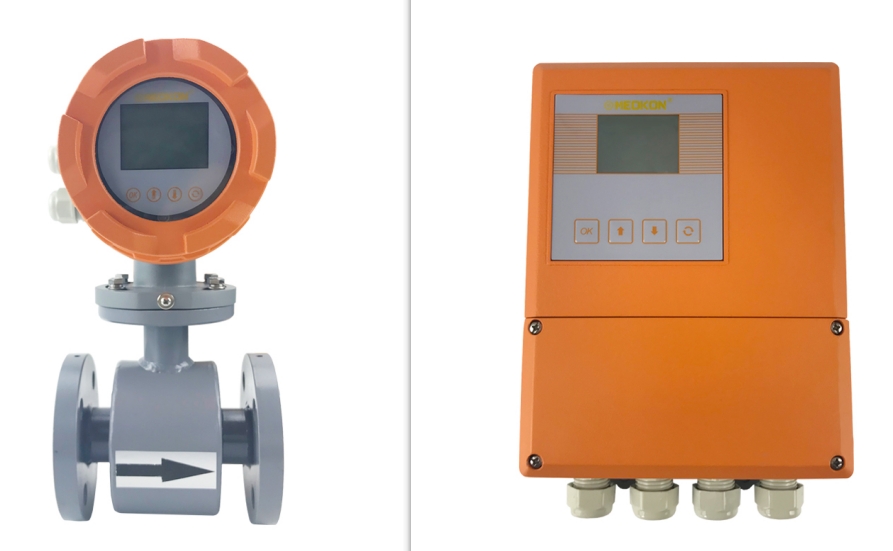The flow meter is an instrument used to measure the flow rate or total amount of fluid (fluid includes
liquid, gas and steam) in a pipe or open channel.
As my country’s urbanization process continues to advance, urban lifelines are a core component of urban infrastructure, and their safe and stable operation plays a vital role in ensuring the safety of citizens’ lives and property and maintaining social stability. Nowadays, through technical means such as the Internet of Things, smart monitors, and big data, real-time monitoring and data analysis of lifeline facilities such as urban water supply, drainage, gas, and heat can be carried out.
Traffic monitoring in various scenarios of urban lifelines
Flow monitoring in urban lifeline construction is a key link to ensure the stable operation of urban infrastructure such as water supply, drainage, gas and electricity systems.
Let’s take a look at what flow monitoring is used in the city’s lifeline.
1. Water supply scene
The urban water supply system includes water source development, construction and management of reservoirs, water plants, water pipelines, etc. Monitoring of water supply networks is crucial. Various types of monitoring include pipe network leakage, pipe network flow monitoring, pipe network pressure monitoring, water source water quality monitoring, water source video monitoring, pipe network corrosion monitoring, pipe network pressure monitoring, monitoring object point monitoring, etc. Monitor the flow in the water supply network in real time to help ensure water supply pressure balance and flow stability, and avoid water supply interruption or water pipe rupture due to abnormal flow.
2. Drainage scene
Urban drainage systems include rainwater drainage systems and sewage drainage systems, and the construction and management of sewage treatment facilities. Ensure that cities can drain rainwater in a timely manner during rainfall and flooding to prevent waterlogging and water pollution.
Rainwater drainage monitoring includes pipe network liquid level monitoring, pipe network flow monitoring, pumping station liquid level monitoring, pumping station flow monitoring, river water level monitoring, water level monitoring at waterlogging points, video monitoring at waterlogging points, rainfall monitoring, etc. Real-time monitoring of the liquid level, flow rate and flow rate of drainage pipes can help promptly detect problems such as poor drainage, so that drainage capacity can be adjusted in time under extreme weather conditions such as heavy rains to prevent urban waterlogging.
3.Sewage treatment scene
The urban sewage treatment system is a complex network designed to collect, transport, and treat domestic sewage and some industrial wastewater generated in the city, and ultimately meet discharge standards or achieve reuse. Including river flow monitoring, river liquid level monitoring, river water quality monitoring, pipe network flow monitoring, pipe network liquid level monitoring, pumping station liquid level monitoring, pumping station flow monitoring, sewage plant liquid level monitoring, sewage plant flow monitoring, etc. Through flow monitoring at each point, flow abnormalities can be detected in time, assisting in determining whether the pipeline is blocked or illegally discharged, and quickly locating the problem to reduce the risk of environmental pollution.
4. Gas scene
Urban gas supply includes natural gas pipeline construction, gas source development, etc. In order to ensure the safety of gas consumption, gas concentration monitoring, pipeline network pressure monitoring, and pipeline network flow monitoring can be monitored. It can monitor parameters such as pressure and flow in gas pipelines in real time to ensure the stability and safety of gas supply, help promptly detect safety hazards such as gas leaks, and prevent safety accidents.
5.Thermal scene
Urban heating and heating systems are important facilities that ensure the comfort of residents and normal industrial production. They mainly include thermal power plants, regional boiler rooms, renewable energy, etc. In order to ensure system safety and efficient transmission, temperature sensors and flow sensors are installed on the heating pipes to monitor the temperature and flow of the heating pipes in real time, helping to detect heating abnormalities in a timely manner.
MEOKON have
1. Electromagnetic flowmeter-domestic water pump room
Meokon MD- S451 integrated electromagnetic flowmeter can be used in domestic water pump rooms in the park to help monitor the flow in water supply pipelines and ensure water supply pressure balance and flow stability. The broken pipe installation method enables higher measurement accuracy and can be widely used in industrial fields that require high-precision measurement, such as petrochemical, sewage treatment, medicine, food processing and chemical industry.
2. Wireless ultrasonic flow meter-fire water pump room
MD- S959UF wireless ultrasonic flowmeter can be used in fire pump rooms to monitor the flow of fire pump outlet pipes in real time to ensure that the fire pump can provide the designed flow rate in an emergency to meet the needs of fire extinguishing. There is no need to break the pipe, and it is especially suitable for large-diameter pipes, inaccessible or corrosive fluids, and situations where non-intrusive installation is required.
3 Doppler flowmeter–in the drainage well
S959DF Doppler flowmeter can be used in urban drainage wells to monitor flow changes in drainage wells in real time, helping to quickly respond to abnormal situations such as pipe blockage and overflow risks. In addition, it is also suitable for measurement of fluids containing suspended solids, sediment or bubbles, such as environmental monitoring of rivers, drainage ditches, industrial discharges, etc.
MEOKON SENSOR assists the safety construction of urban lifelines, providing multi-scenario “water, wind, and air” safety monitoring solutions and multi-category wireless intelligent terminals, which not only helps improve the city’s safety monitoring level, but also promotes the intelligentization and management of urban management. Refinement.
Post time: Oct-25-2024


